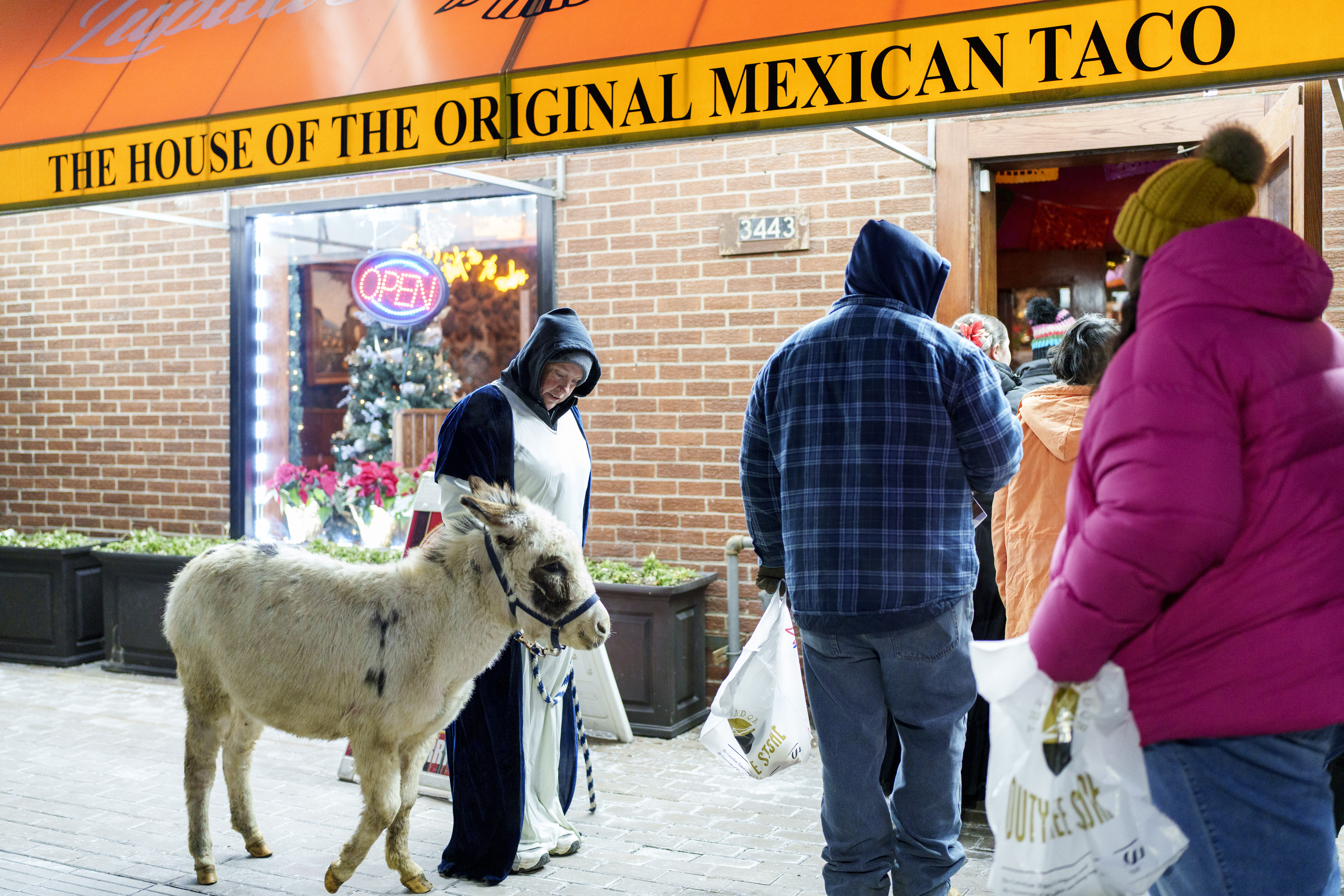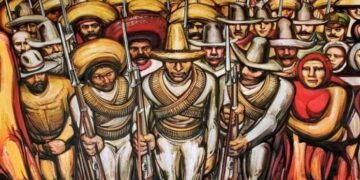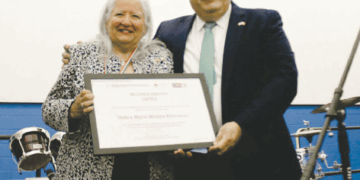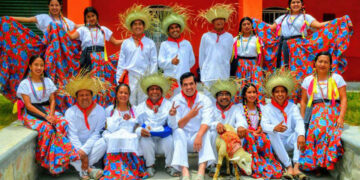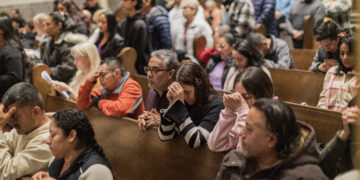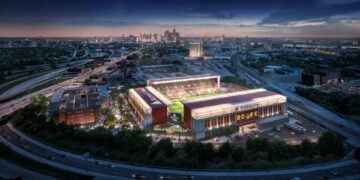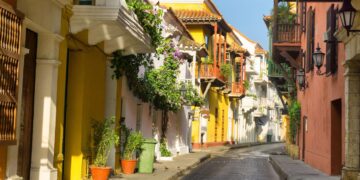During the 19th and part of the 20th centuries, Mexico lacked an identity that represented Mexican identity as a national unit, as the territory was home to more than 68 towns and ethnic-cultural communities. Thus, during the Porfiriato (1876-1911), Porfirio Díaz focused on shaping the much-needed Mexican nationalism, using art to consolidate this identity, recovering European elements, especially the French style, and later giving it a Mexican touch through precise details.
However, the Porfiriato not only addressed identity but also emphasized the idea of Mexican power through the image of the nation, offered to the world through its architecture. Restoration and public works activities were essential; they served as substantive evidence of the maturity the Porfirian regime sought to achieve. The concept of a city was showcased as one of the principles that the Mexican people should pursue. This led to the construction of great monuments and projects in different cities across the country. In Mexico City, the Paseo de la Reforma, the Cuauhtémoc Monument, the Post Office, the Church of the Holy Family in the Roma neighborhood, the Palace of Fine Arts, the Monument to the Angel of Independence, the Postal Palace, the Palace of Communications and Public Works, the project for the Legislative Palace, which became the current Monument to the Revolution. In Guanajuato, the Juárez Theater and the Hidalgo Market. In Guadalajara, the Plaza de Armas and the Basilica of the Most Holy Sacrament, also known as the Expiatory Temple. These buildings are currently listed as landmarks of Mexican art.
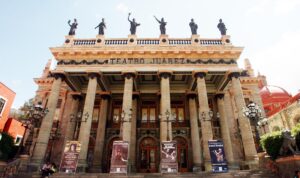
Similarly, it must be recognized that this attempt at “Modernity” took the great European cities as a reference, and that Don Porfirio’s work always seemed to lean toward a visual perspective of the city as an aspect of civility. Although Porfirio Díaz is one of the most controversial figures in Mexican history, his more than thirty years as president, with his ambitious ideals for the invention of nationalism, came at a great cost to Mexican society.
During the Porfiriato, Mexico emerged in Europe as a symbol and avant-garde. He introduced cinema a couple of years after its invention and sought to give the country an image with which Mexicans could identify; he focused on the invention of nationalism.
For Díaz, the country was ready to take this great leap and become a great power compared to other Latin American countries; he was there to lay the foundations for Mexico as a modern state, with structures that would rival Parisian and European works in general.
El Porfirismo y la Arquitectura monumental mexicana
Durante el siglo XIX y parte del XX México no contaba con una identidad con la que se representara la mexicanidad como unidad nacional, pues el territorio albergaba más de 68 pueblos, comunidades étnico-culturales. Así, durante el porfiriato (1876-1911), Porfirio Díaz se enfocó en la conformación de ese nacionalismo mexicano que tanto se requería, sirviéndose del arte para consolidar esta identidad, recuperando lo europeo, especialmente el estilo francés, para posteriormente darle ese toque mexicano a través de precisos detalles.
Mas el porfiriato no sólo abordaba la identidad, sino que enfatizaba la idea del poder mexicano mediante el posicionamiento que la imagen de la nación a través de su arquitectura podía ofrecer al mundo. Las actividades de restauración y obras públicas fueron imprescindibles, fungieron como evidencia sustantiva de la madurez a la que el régimen porfirista pretendía llegar, se exhibía la concepción de una urbe, como uno de los principios que debía perseguir el pueblo mexicano.
Así fue como se llevó a la construcción de grandes monumentos y proyectos en diferentes ciudades del país. En la Ciudad de México el Paseo de la Reforma, el Monumento a Cuauhtémoc, el Palacio de Correos, la Iglesia de la Sagrada Familia en la colonia Roma, el Palacio de Bellas Artes, el Monumento al Ángel de la Independencia, el Palacio de Postal, el Palacio de Comunicaciones y Obras Públicas, el proyecto de Palacio Legislativo y que pasó a ser el actual Monumento a la Revolución. En Guanajuato el Teatro Juárez y el Mercado Hidalgo. En Guadalajara, la Plaza de Armas y la iglesia de La Basílica del Santísimo Sacramento, también conocido como Templo Expiatorio. Estos edificios en la actualidad se enlistan como puntos de mayor relevancia en cuanto al arte mexicano.
Del mismo modo, cabe reconocer que este intento de “Modernidad” tomaba como referente a las grandes urbes europeas y que la tarea de Don Porfirio parecía inclinarse siempre hacia una perspectiva visual de la ciudad como aspecto de la civilidad.
Si bien, Porfirio Díaz es una de las figuras más controvertidas en la Historia de México, por sus más de treinta años en la presidencia con sus ideales ambiciosos para la invención del nacionalismo, pero que tuvo grandes costos para la sociedad mexicana.
Durante el Porfiriato, México despuntaba en Europa como símbolo y vanguardia, trajo el cine un par de años después de su invención, y procuró dar al país una imagen con la que se identificara al mexicano; se enfocó en la invención de un nacionalismo.
Para Díaz, el país estaba listo para dar este gran salto y ser una gran potencia en comparación a los otros países latinoamericanos; él estaba para sentar las bases de México como un estado moderno, con estructuras que nada envidiaran a las obras parisinas y europeas en general.

